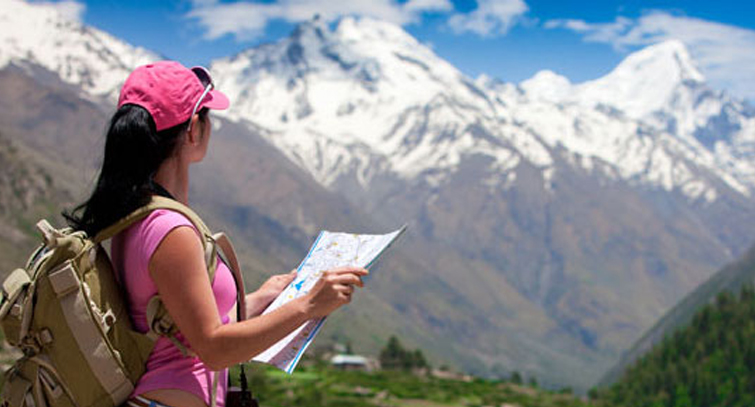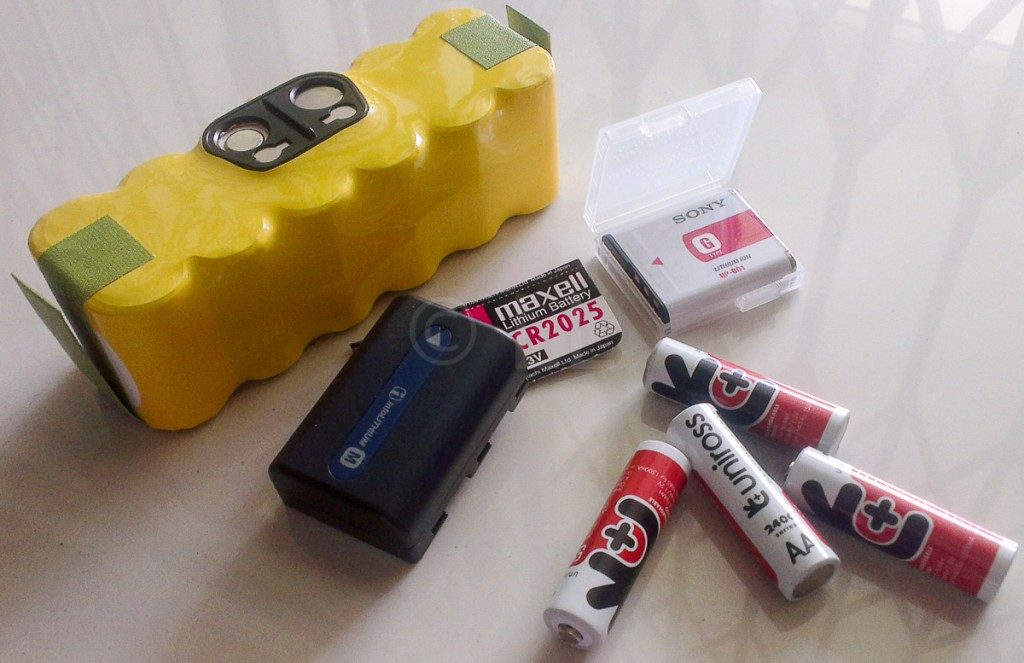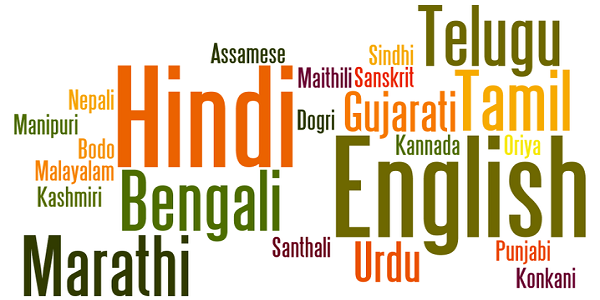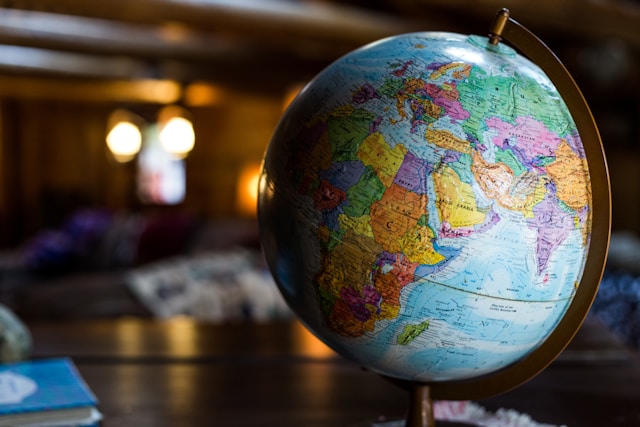Expert Tips For Female Solo Trekkers In The Himalayas
Expert Tips For Female Solo Trekkers In The Himalayas
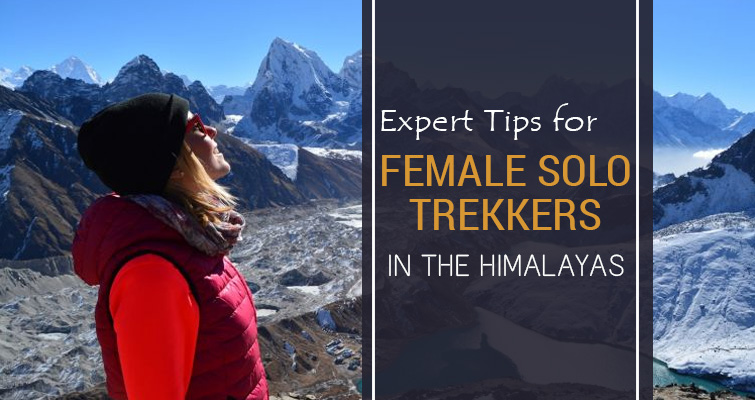
For a solo female trekker in the Himalayas, there are chances that she might face a lot of challenges on the road. Since trekking is venturing into unknown areas, including international borders, there are formalities to complete in many treks in each of these countries. However, safety for women at these destinations is not usually an issue to worry about although it is always safe and smart to be properly equipped and be prepared, hoping for the best and expecting the worst especially when you are traveling solo.
Here are the 12 expert trekking tips for a solo woman trekker for adventure in the Himalayas.
1. Travel Light, Properly Equipped And Use Hiking Boots
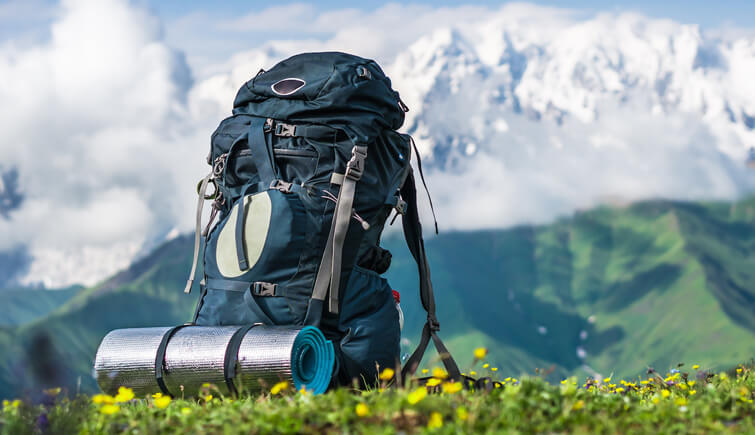
To travel heavy is never a good idea in any way. If you are planning for solo trekking in the Himalayas, it is best to carry simple and necessary things. Sunscreen should not miss your packing list as it is a must for your skin while you are planning to trek in the Himalayas. If you are traveling in summer, hiking clothing for women should not be more than some pairs of track pants and some t-shirts. If it is just before winter, carry a fleece to fight the cold and a jacket in case you are camping in the snow at night. When it comes to shoes, whether it is summer or winter, walking shoes or running shoes must not be used to trek as they might cause accidents. Get a good pair of hiking boots to make your trek safe and successful.
2. Hire A Porter

To hire a porter is not shelling out money for no use. Navigation is surely the most important thing for a solo adventurer and if that goes haywire, so does the whole hiking tour. Porters are available for almost all Himalayan treks, in India, Nepal, Bhutan, and China. They are necessary because first of all, they know the way to your destination and they can prove to be your help at times when you need it. So hiring a porter is one of the best travel tips as far as solo hiking is concerned.
3. Carry Enough Cash

While trekking in the Himalayas, there is no use of ATM cards. And you might need to pay a person or buy something from a suddenly discovered café or a store. You will not be getting guest houses or homestays while on treks where you could have a chance to pay via ATM card. Cash is extremely important to make things happen while on such journeys. So it is best to withdraw enough cash at your airport or while you are in a city or town before you set off for your trek.
4. Pick Up A Trekking Map From The Nearby Town Or City

You will not get the data connection on your mobile phone when you are trekking in the Himalayas. Having a trekking map during your adventure vacation would make things easier for you even if you have availed services of a trek guide. It would help you understand whether you are going the right path or not and could also prove to be useful for your safety since a map would mention every necessary place that you could look for to seek any kind of help.
5. Keep Your Medicines Close To You

The first and most easily accessible chamber in the rucksack of a first-time trekker in the Himalayas should be her medicines. Altitude sickness is the most common issue that trekkers and hikers confront on Himalayan adventures and it happens even to the fittest of people. It is an unpredictable problem and preparation for it is absolutely necessary. Other health problems like dehydration and stomach problems could also arise. So one of the best hiking tips that we could give you is to stay equipped with medicines that take care of high altitude sickness, stomach issues, and dehydration.
6. Carry Extra Batteries
On Himalayan treks, electricity is a rare thing. Of course, if you are entering dense mountain forests, walking past lands of wild mountain animals, places where people hardly live and only go to challenge physical abilities, you cannot expect electricity to be present there. Carrying a power bank and camera battery is one of the best travel tips that you could utilize on such adventures.
7. Inform The Embassy And Carry Local SIM

Carrying a local SIM would make all the important places accessible to you. You can call your vital contacts any time without thinking about a communication failure, except while at high altitude. It simply makes it easier to seek help at times of a mishap. With that, especially for a solo female traveler, informing the embassy about your whereabouts would also keep you safe and confident throughout your travel and could be one of the life-saving tips that you can use. To make it even better, carry a journal that has all the necessary emergency contacts and whenever you get to network while trekking, keep them informed about your condition and the prevailing circumstances.
8. Get A Travel Insurance For Medical Evacuation

travel insurance
Travel insurance is another thing that everyone ignores but is advisable not to avoid. On adventure journeys like trekking, especially for a solo adventurer, travel insurance is necessary. Conditions may arise when there is no other way of survival, but to resort to quick medical evacuation, whether it is due to sudden bad weather or health. These expenses are huge, usually. Thus, to save enough money for your next trip and not stay drained in travel budget due to such evacuations, get travel insurance.
9. Get All Necessary Permits

travel-documents
10. Carry Menstrual Hygiene Items

Menstruation is not an open subject in either India or Nepal. Individuals are hesitant to discuss it. Various sorts of menstruation hygiene items like tampons, pads, and menstrual cups are accessible in the significant urban areas of India and Nepal. Notwithstanding, these may not be accessible amid trekking. So for female solo trekkers to bring their supplies is one of the best menstrual hygiene tips that they can have. Also, toilet paper is not a ubiquitous item in villages that would come en route to your trekking destination. So carry them too.
11. Keep Some More Days On Hand Before Your Return Flight

You never know what happens on trek routes. They are unpredictable because you could spot a village or a valley from your summit and might want to visit that too and why not do that because you had your return tickets booked the very next day or at the eleventh hour after you return to the nearest city. Keep a day or two more at hand during your trekking holidays to make this happen. Keep these days to recover from the tiring trek that you have undertaken. The body needs enough rest after a trek because every day you lose an incredible amount of calories that need to be made up by proper food after your return that would give you adequate energy to resume your journey and take a fitter you to your next destination.
12. Be Careful With Your Gestures And Know Your Don’ts

The Himalayas are not only a place of adventure but also a holy range of mountains bearing religious significance which takes people from all around the globe to its temples, holy lakes, and peaks. The people of India, Tibet, Nepal, and Bhutan, living in the Himalayas have shaped their lives in such a way that the Himalayas are a part of their lifestyle, culture, and traditions. Some of the important gestures that would not hamper your impression to people of the Himalayas are using both hands while receiving something or giving something, doing a Namaste by joining your palms, eating using your right hand, bowing down while greeting people, not offering food to other people from your pot or eating from another’s pot, not drinking water from a common bottle or container by touching your lips, and not pointing fingers to indicate at a religious or sacred object.
Subscribe to Our Newsletter for Exclusive Travel Offers!

